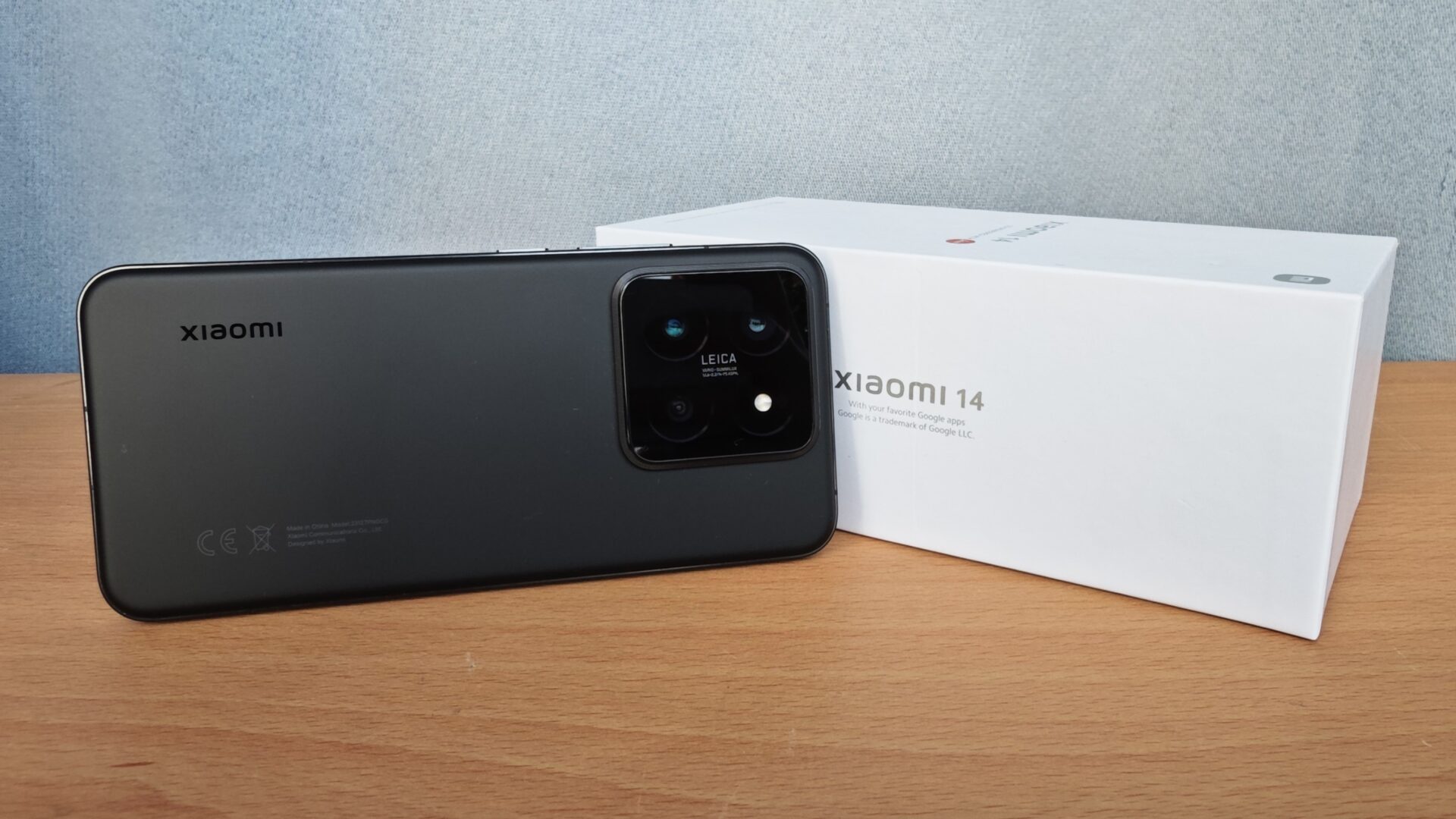XiaoMi Malaysia had earlier launched the 2024 flagships, the XiaoMi 14 Ultra and the XiaoMi 14. We had recently gotten our claws on these two and here are my thoughts and review of the smaller of the two siblings.
The Packaging:
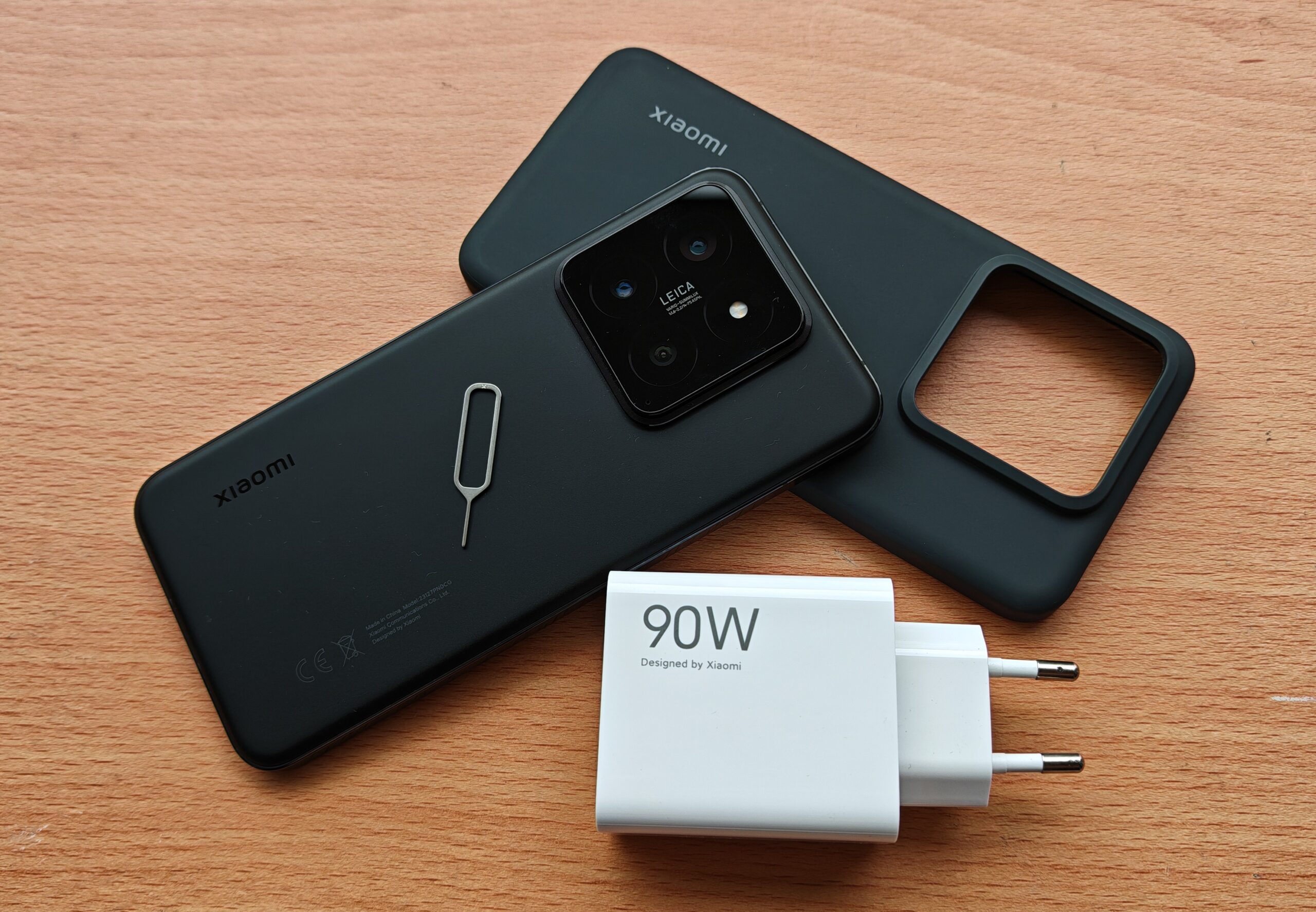
In a white box with the silver lettering XiaoMi 14 on it, we find the usual contents. The smartphone itself, a soft silicone protective case, a 90W charging brick, a data and charging cable, a sim eject tool and paperwork. The soft silicone casing itself is not transparent, of a matching black of the smartphone it’s to be paired with.
The Phone itself:
The first thing that stands out when I hold the phone is how small it feels. Being used to holding 6.7-inch phones, the 6.35-in XiaoMi 14 immediately feels very nice to hold, and easier to reach with one-hand operation due to its smaller footprint. The phone also feels much lighter, weighing in at 191 grams. In a world that now considers 6.7in phones as the norm, it is refreshing that Xiaomi is bucking that trend and still sticking to lighter and smaller-sized flagships.
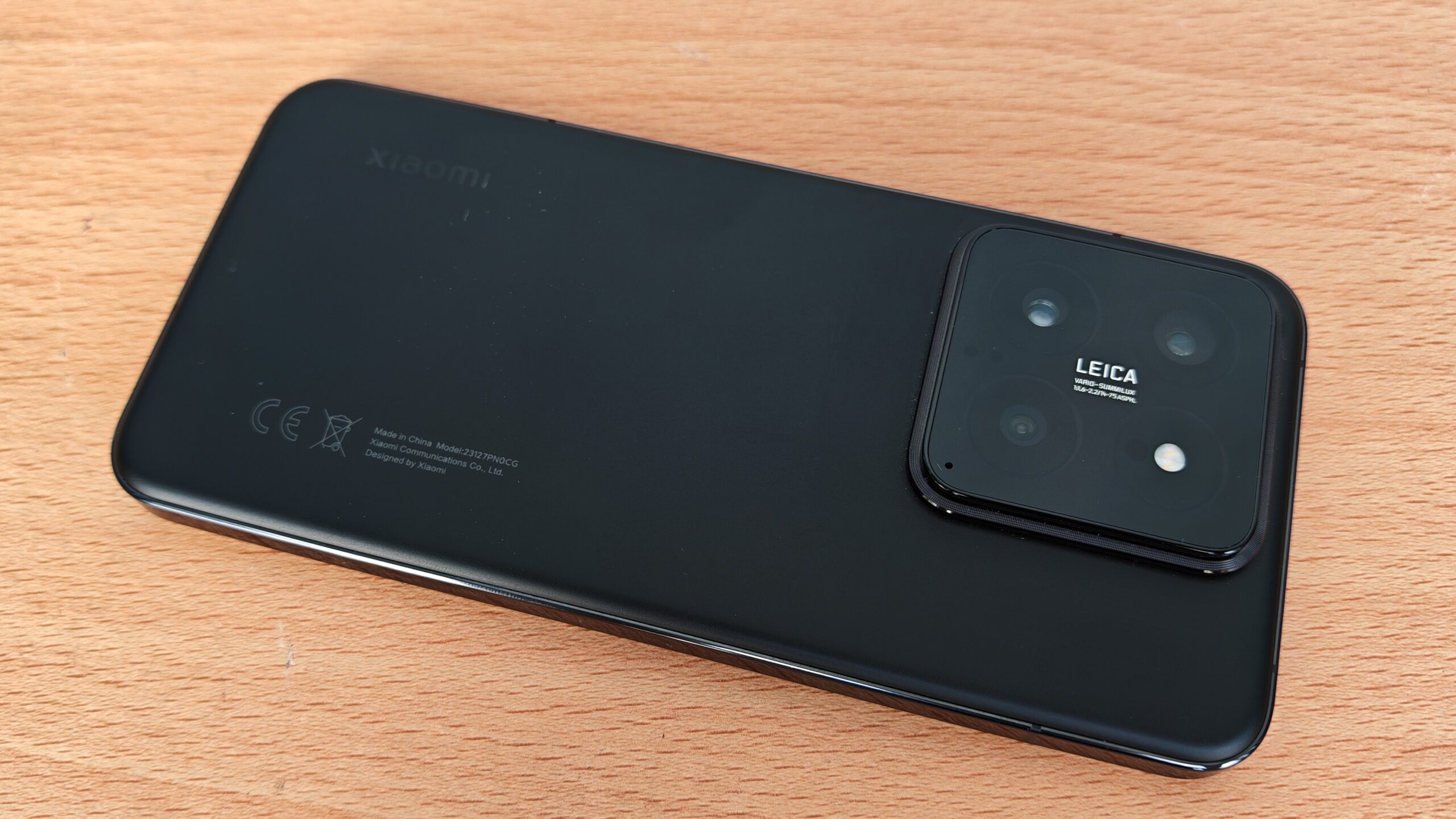
The front is a flat Gorilla Glass Victus, surrounded by thin sides with a chin that matches the thinness of the other three sides. The single punch hole on the top houses the 50MP selfie camera, while the in-display fingerprint reader is at the bottom. The speaker cutout on the top edge acts as the top stereo speaker, keeping the top of the phone clean of any cuts or holes.

The sides of the Xiaomi 14 are flat, and rounded at the corners, which helps in holding the phone for longer gaming sessions. However, Xiaomi have finished the sides in a smooth glossy finish, and this makes the phone more slippery and a huge fingerprint magnet. I find myself constantly wiping down the sides to keep it shiny.
The rear is glass in a matte smooth finish, curved into the glossy sides and is rounded at the four corners. The matte finish does make the back more resistant to fingerprints, though I would still recommend using the included case to keep the back and sides free from smudges. The case is also recommended as the smooth matte back and glossy sides can make the phone feel slippery.
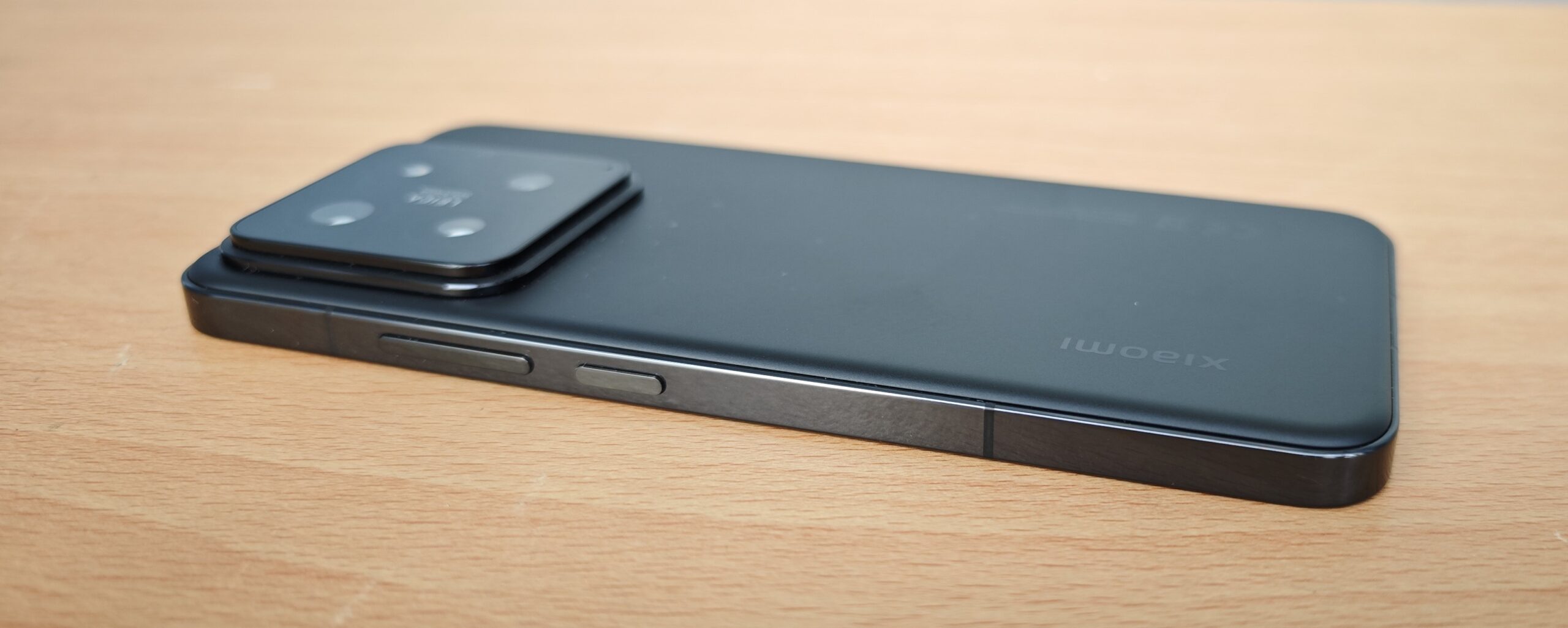
The rear also houses the camera bump, placed towards the top left corner of the back, and it has grown in size and thickness. This is because the main camera, the telephoto camera and the ultra-wide cameras have all been upgraded to new 50MP sensors and all are paired with new Leica Summilux lenses. More on these in the Camera section.
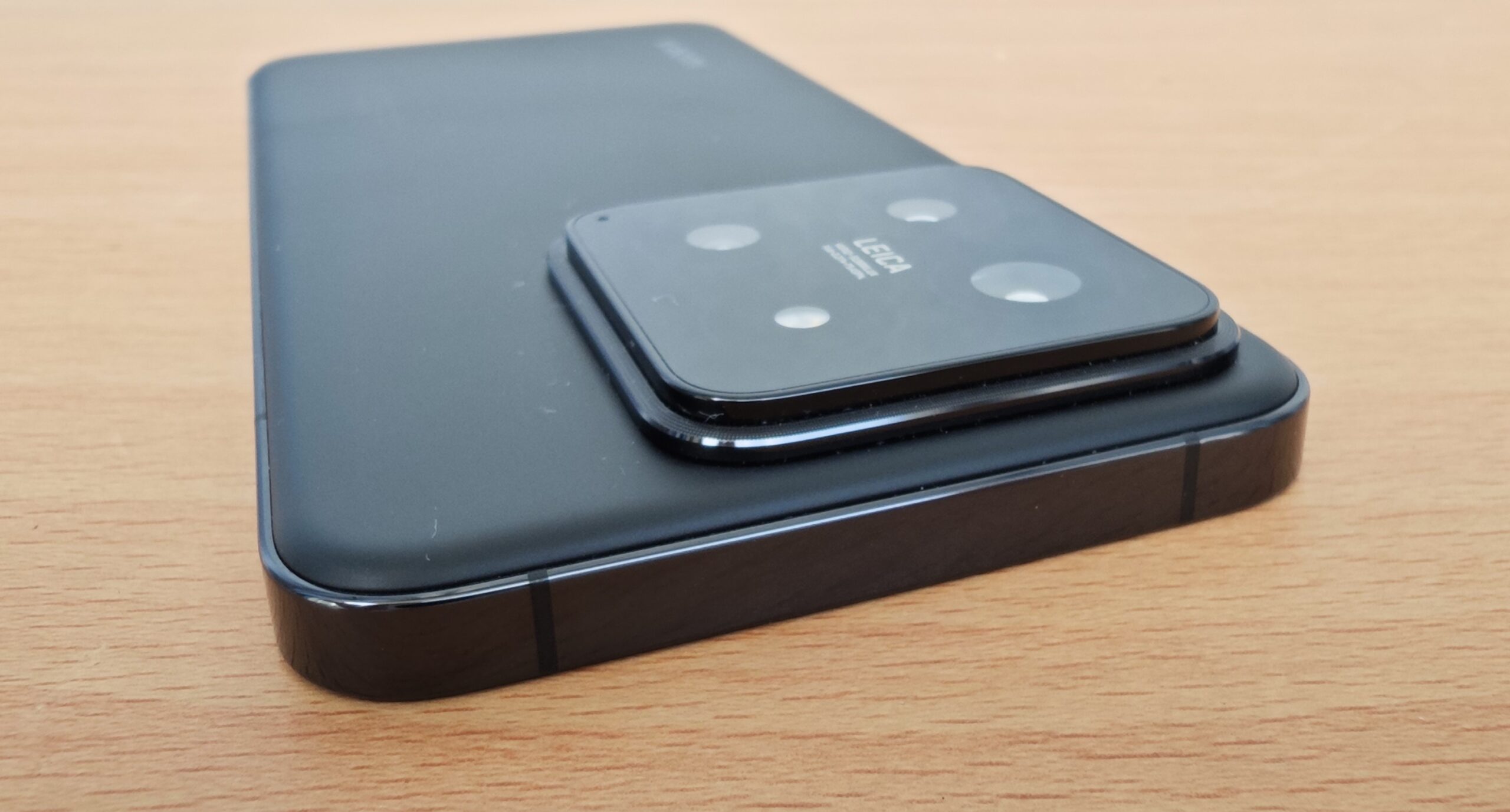
Specifications at a Glance
| Dimension | 152.8 x 71.5 x 8.2 mm or 8.3 mm |
| Weight | 191 grams |
| IP Rating | IP68 dust and water-resistant (up to 1.5m for 30mins) |
| Material | Display – Glass (Corning Gorilla Glass Victus) Back – Glass (matte or glossy) Chassis – Aluminium |
| Colours | Black, White and Jade Green |
| Price | 12GB | 256 GB – RM 3,499 12GB | 512 GB – RM 3,799 |
| Display | LTPO OLED, 68B colours, 120Hz, Dolby Vision, HDR10+, 1000 nits (typical), 3000 nits (peak) |
| Resolution | 1200 x 2670 pixels, 20:9 ratio (~460 ppi density) |
| Display Size | 6.36 inches, 97.6 cm2 (~89.3% screen-to-body ratio) |
| Operating System | Android 14, HyperOS |
| Chipset | Qualcomm SM8650-AB Snapdragon 8 Gen 3 (4 nm) |
| Memory | 12GB + 256GB 12GB + 512GB |
| External Memory Card Slot | No |
| Main Camera | 50 MP, f/1.6, 23mm (wide), 1/1.31″, 1.2µm, dual pixel PDAF, Laser AF, OIS 50 MP, f/2.0, 75mm (telephoto), PDAF (10cm – ∞), OIS, 3.2x optical zoom 50 MP, f/2.2, 14mm, 115˚ (ultrawide) |
| Main Camera Video | 8K@24fps (HDR), 4K@24/30/60fps (HDR10+, 10-bit Dolby Vision HDR, 10-bit LOG), 1080p@30/60/120/240/960fps, 720p@1920fps, gyro-EIS |
| Selfie Camera | 32 MP, f/2.0, 22mm (wide), 0.7µm |
| Selfie Camera Video | 4K@30/60fps, 1080p@30/60fps, gyro-EIS |
| Sound | Stereo, Dolby Atmos |
| WLAN | Wi-Fi 802.11 a/b/g/n/ac/6e/7, dual-band, Wi-Fi Direct |
| Bluetooth | 5.4, A2DP, LE, aptX HD, aptX Adaptive, LHDC |
| USB | USB Type-C 3.2, OTG |
| Battery | Li-Po 4610 mAh, non-removable |
| Charging | 90W wired, PD3.0, QC4 50W wireless 10W reverse wireless |
Display and Battery
XiaoMi 14 have upgraded the display for this year’s release. The screen resolution is higher at 2760 x 1200 pixels, and the 6.36in panel is now an LTPO OLED panel going up to a 120hz refresh rate. Dolby Vision and HDR10+ are supported with 3,000 nits of peak brightness. In daily use, the screen outputs about 1,000 nits of typical brightness. It’s sufficient to use the smartphone outside in the bright Malaysian daylight, and while gaming outside is doable, it’s less than ideal.
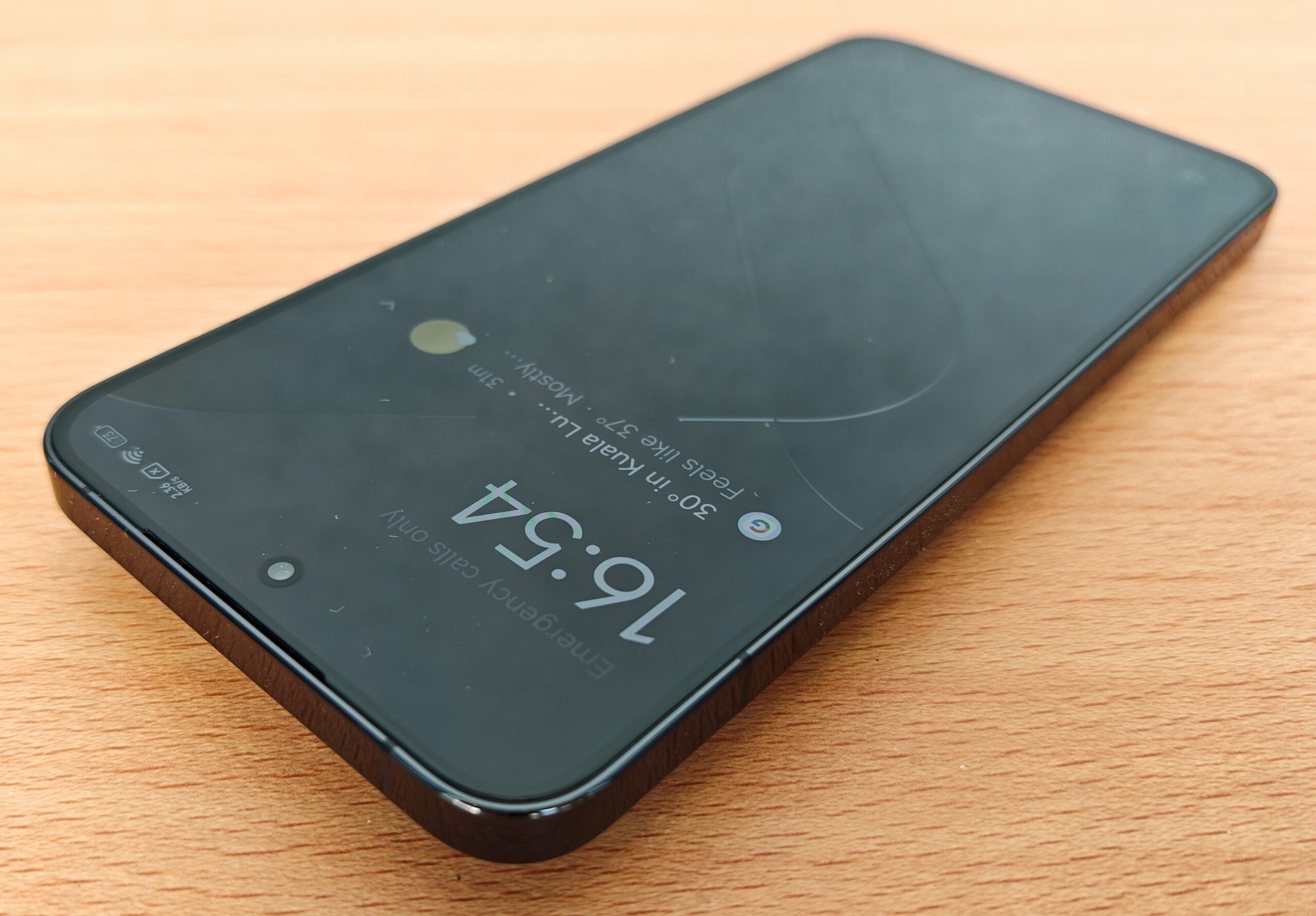
On a more personal note, Xiaomi 14 colour reproduction looks less saturated than I am used to in the default “Original colour PRO” mode. A quick run into the settings and changing it to “Vivid” fixed it, making the colour display and the games I play on the XiaoMi 14 pop more.
Given the smaller size of the phone, XiaoMi still manages to increase the battery size slightly, now a 4,610mAh cell. Charging times from 5% to full takes 40 minutes with the included 90W charger. Wireless charging at 50W is also available but will require a supported XiaoMi wireless charger, along with 10W reverse wireless charging to juice up other devices in a pinch.
The smaller size of XiaoMi 14 brings along pros and cons when it com
Gaming on the XiaoMi 14:
es to gaming on it. The lighter weight and smaller stature make holding the phone for extended gaming hours less burdensome. On the flip side, the smaller screen does make the game viewing window to be smaller, texts are definitely smaller and the finger positions more cramped especially with games that require multiple screen touches to pull off combos. Looking at you directly Genshin Impact.
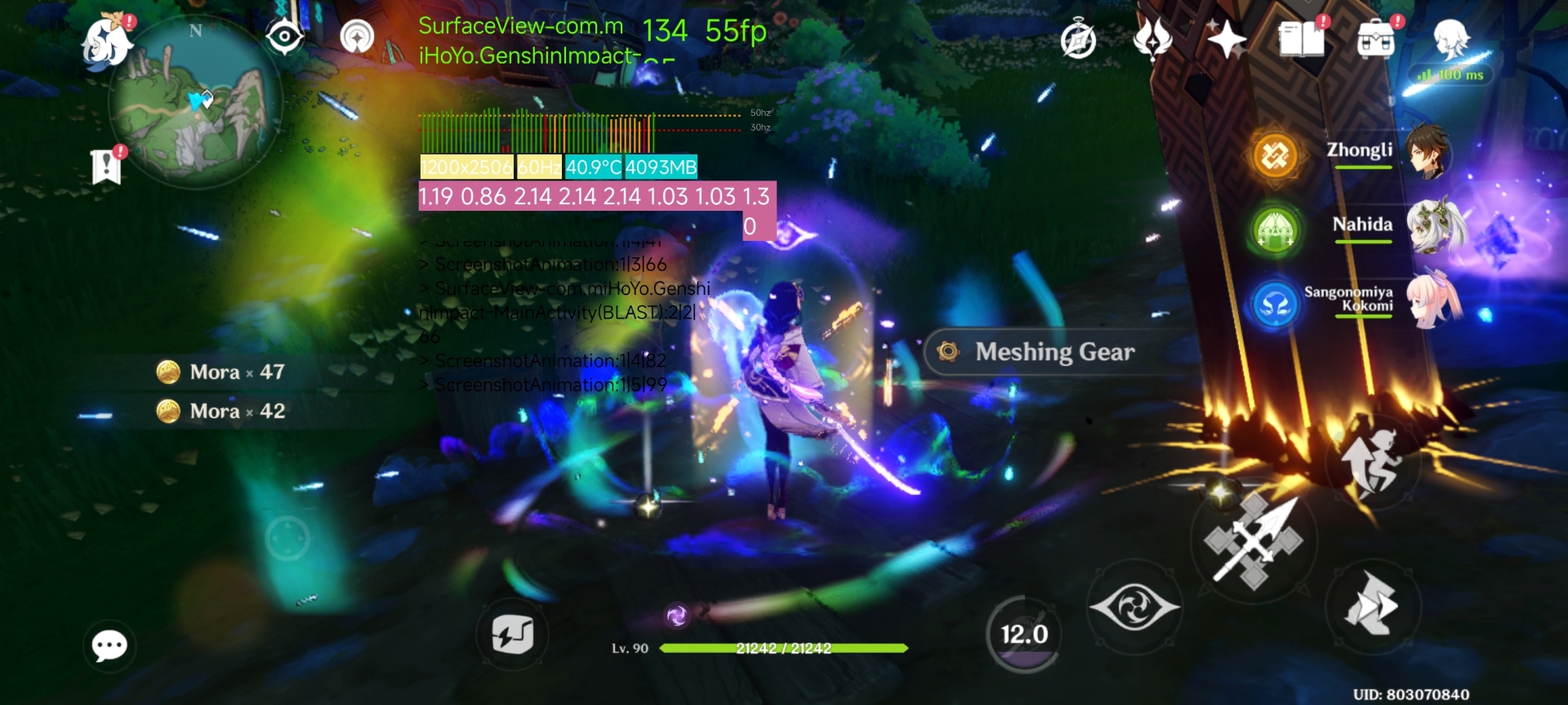
With top-of-the-line hardware inside. XiaoMi can handle demanding games like Genshin Impact. As usual, I set the graphics to the highest and 60FPS, XiaoMi 14 can keep up. There are slight frame drops when loading into new areas or when fighting open-world enemies with plenty of elemental effects, but the overall framerate is stable at 60fps most of the time.
With longer gaming sessions at such high settings, the XiaoMi 14 do get heated front and back. This is not surprising as the smaller size will affect heat distribution, but there are no signs of thermal throttling even when the phone gets heated up. with some heat emitting from the smartphone, though this is expected when gaming on such high settings.
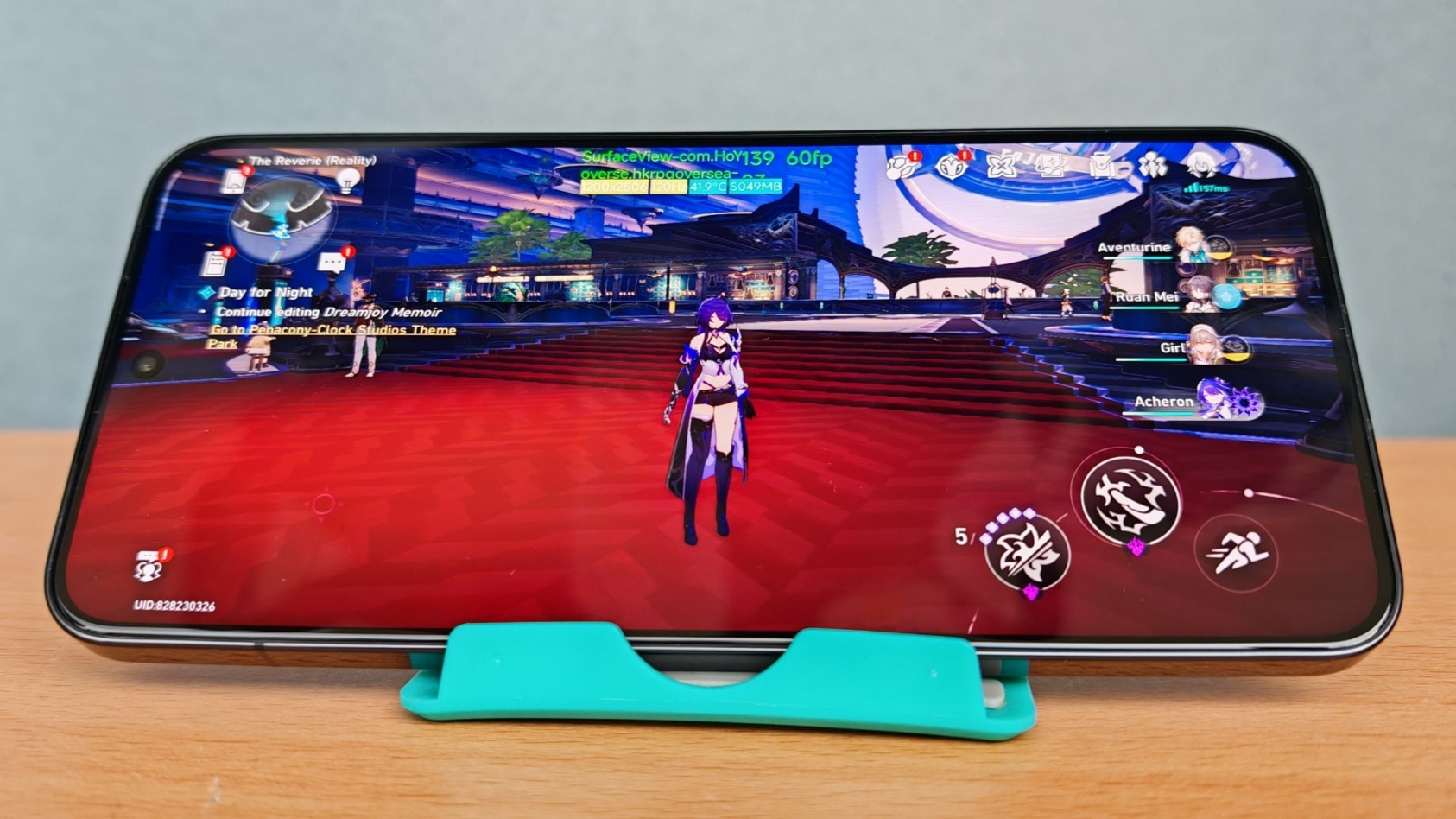
Battery consumption while gaming is also higher as expected. Open-world battles in Genshin Impact at the highest settings and 60 fps for 5 minutes drain the battery by 5%, and a full hour of open-world exploration and battles saps almost 40% of the battery life. With the 4,610mAh battery, gaming on the XiaoMi 14 is best done in shorter bursts, if you want the phone to last you the whole day.
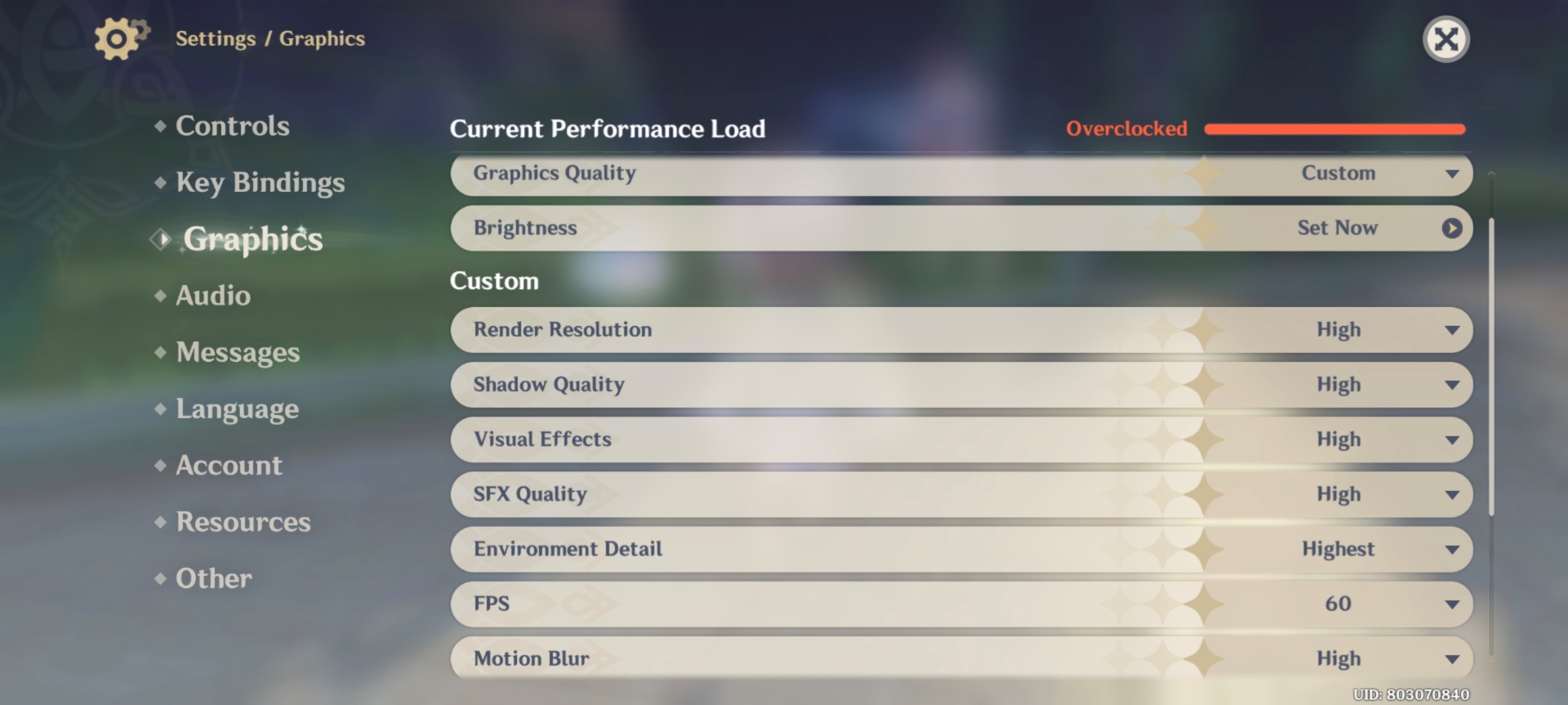
The forward-facing top speaker is contained in the cutout on top of the screen while the bottom speaker emits from the bottom side slots. They sounded tiny and muted and needed to be set above the 50% level to hear the quiet piano music at Genshin Impact’s start screen.
The speakers are also too bright with little bass presence and setting the volume to above 50% causes unpleasant sibilance (high-frequency sounds, usually associated with hissing sounding words, crashing of drum cymbals, etc.), so I would recommend a wireless headphone instead.
The New Cameras:
XiaoMi has refreshed all the rear-facing cameras with big improvements all around. Working with Leica again, the cameras are paired with Leica Vario-Summilux lenses. These Summilux lenses are claimed to improve the light intake, delivering more light to the sensor thus resulting in better captured images.

The main camera is named Light Fusion 900, a 1/1.31″ F1.6 image sensor with a 23mm focal length by Omnivision. The 23mm focal length is wider than most other cameras and can take in more within the shot. Daytime images taken are impressive, sharp and detailed with good dynamic range. Night shots are clear and detailed too, even without Night mode kicking in, but XiaoMi 14 chooses to use Night mode more often than not.
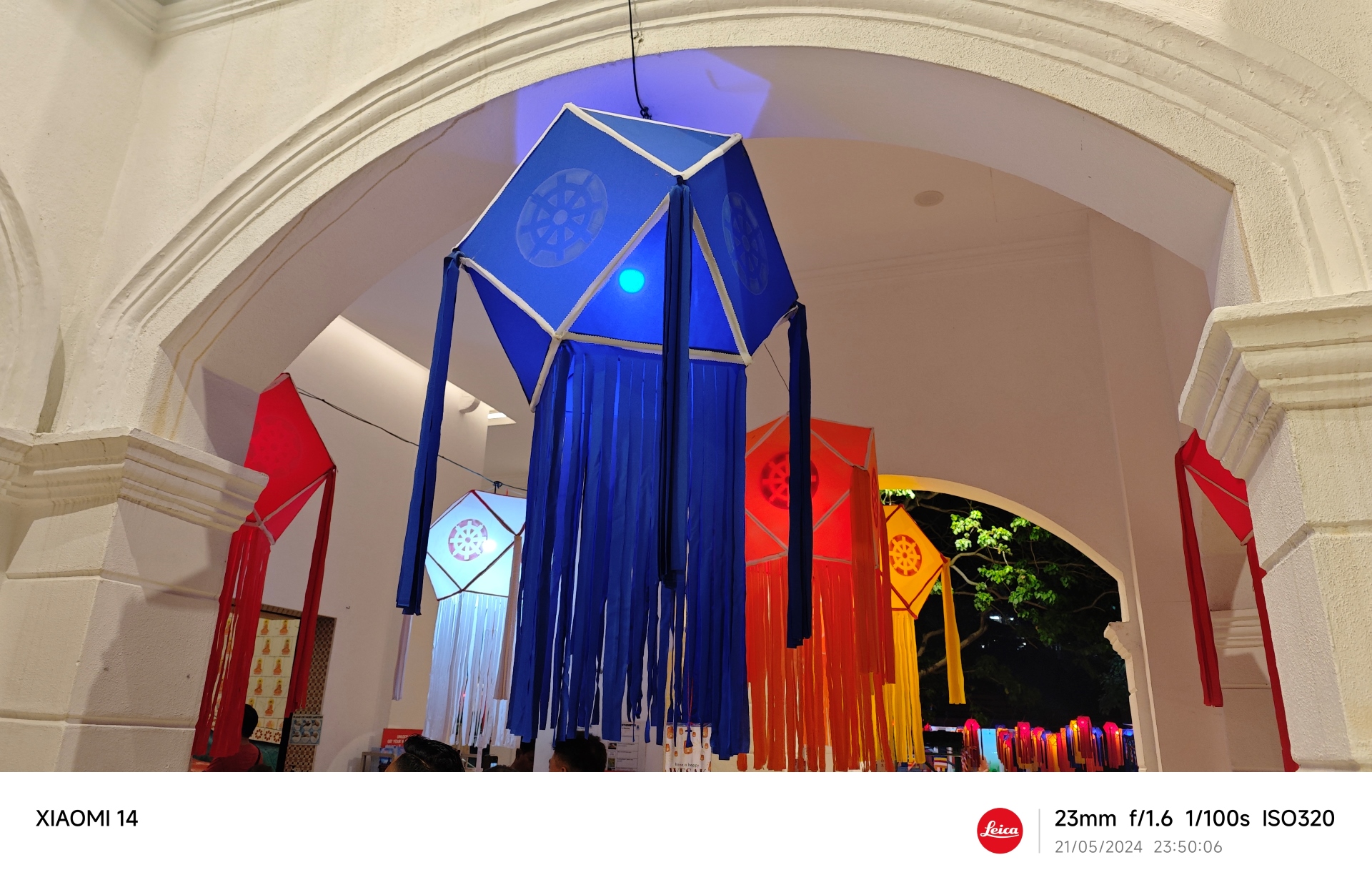
The telephoto camera is now also a 50Mp F2.0 shooter, with a 3.2x optical zoom. This camera is also the default sensor chosen for Portrait and Macro shots, given the 75mm focal length. Images taken from this camera are great as the main shooter, consistent in quality, sharpness, details and dynamic range. Ditto for the nighttime shots taken with this camera. Subjects in Portrait shots are good, though edge detection can be improved on.
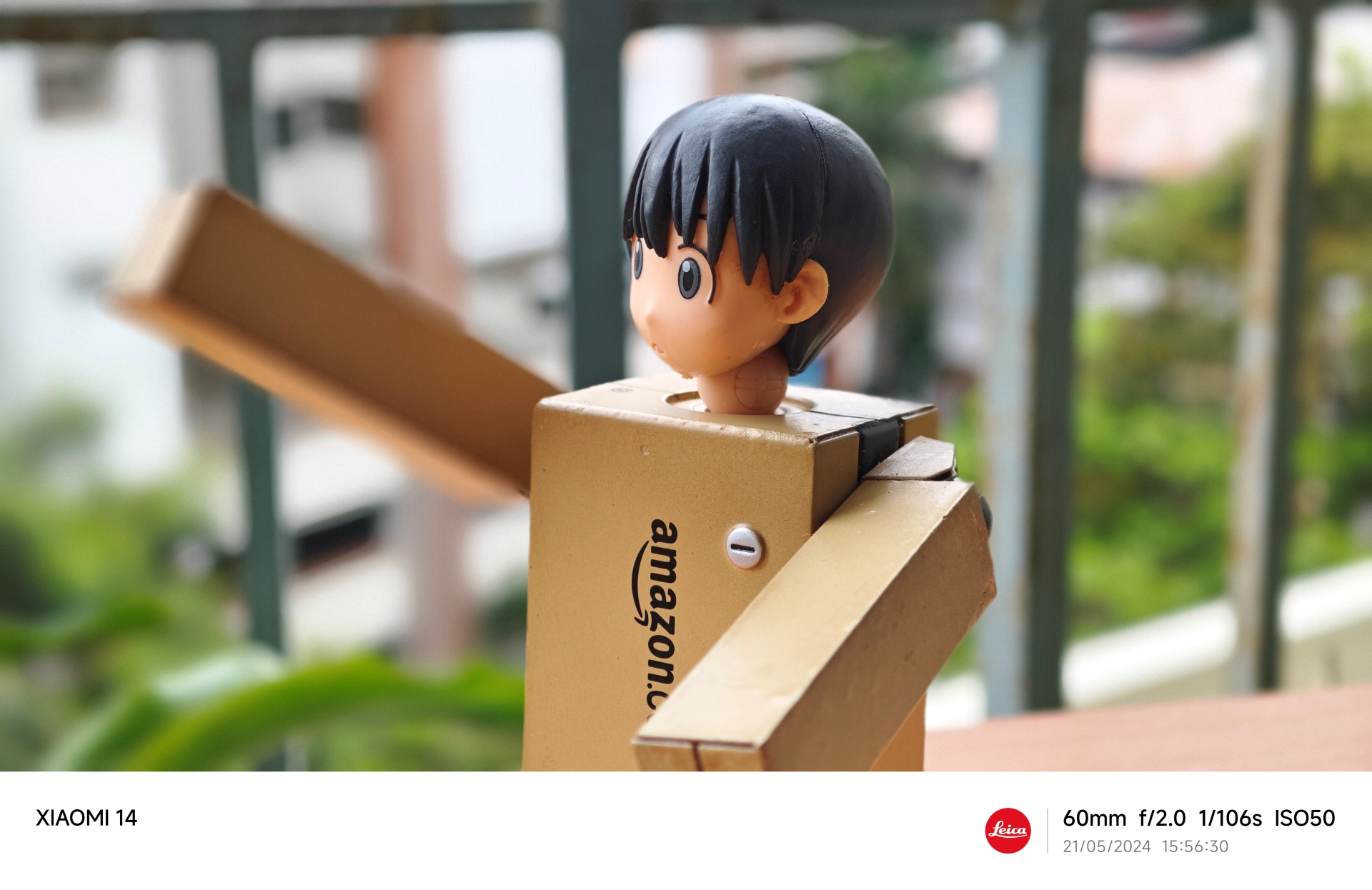
Rounding the last of the rear cameras is the 50MP F2.2 Ultra-Wide shooter, in 14mm focal length. Despite the impressive MP count, Ultra-Wide images taken are slightly soft, less detailed and have dynamic range. I rarely use the Ultra-Wide shooter as I find the main camera with the 23mm focal length to be wide enough for landscape shots, with the bonus of images being much more detailed and sharp.

At the front is a 32MP F2.0 selfie camera, that does its job as intended without standing out much.XiaoMi 14 can produce up to 60X digital zooms, and as usual, I would strongly advise against going that far unless you really need it. Staying with the 2X zoom (cropped from the main camera) and the 5X zoom (cropped from the telephoto camera) is very usable, while the max I would go to is the 10X zoom (cropped from the telephoto camera).
As for video, the main rear camera can take up to 8K24fps, while the other cameras up to 4K60fps, including the front selfie camera. Steady Video mode with EIS is capped at 1080p30fps. Videos can be shot in Dolby Vision and even in Log mode for those who prefer to post-grade the video later.
Software:
XiaoMi has refreshed its Android 14-based OS, named HyperOS, and XiaoMi 14 arrives with the new OS installed. HyperOS looks very similar to MIUI previously, but with better animations, making it look and feel faster and more responsive. Even so, the OS still comes with quirks and annoyances inherited from MIUI, and some odd choices in some native apps
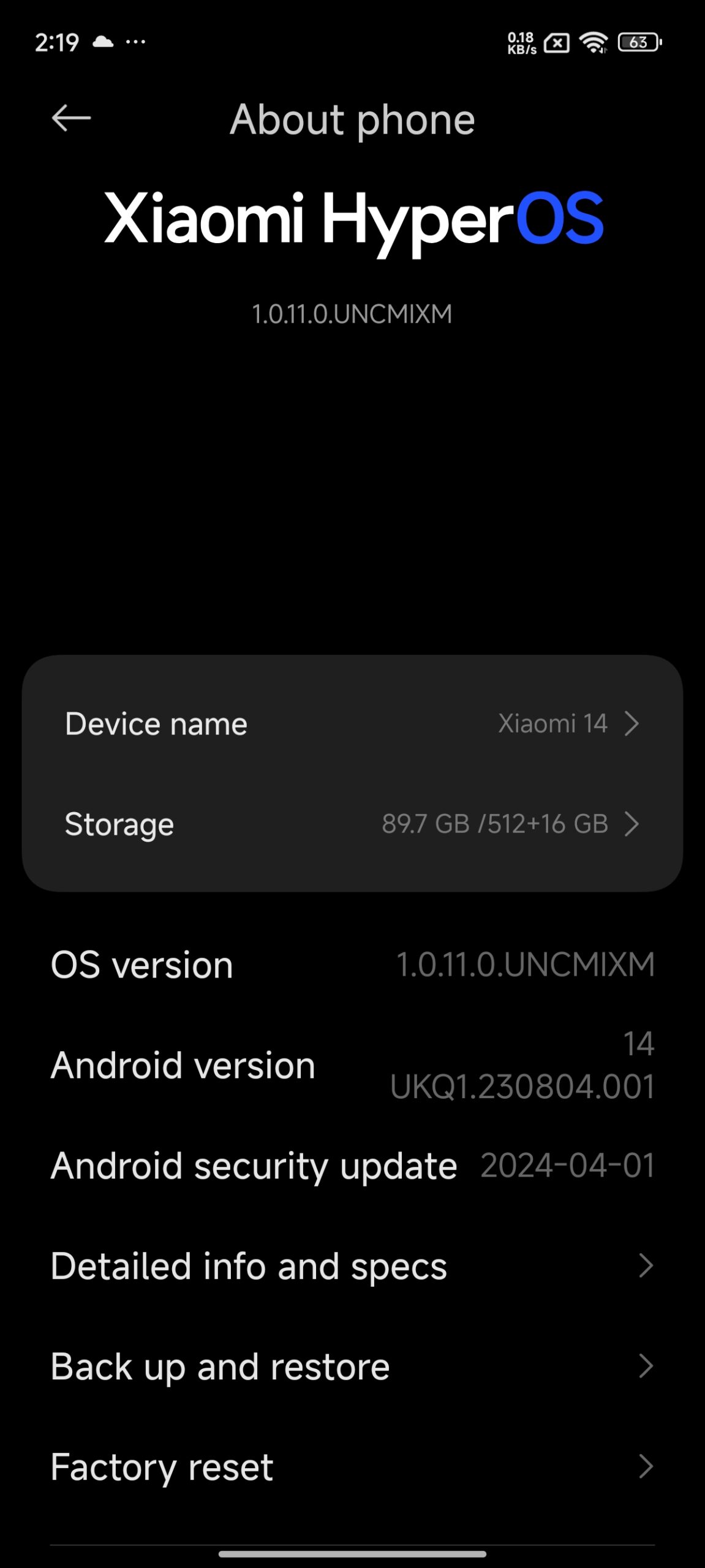
A very apparent change is in the drop-down menu. It now features only logos without any text description of what each does. Unless you are area long-time MIUI user, you may struggle with the logo-only buttons due to not knowing what they represent.

The Music app is now a “Joox” forked online connected app, as is the native video playback app Mi Video. These apps now even send notifications for recommended songs, videos and even games to try out from the Game Center app. The notifications are constantly sent and very quickly fill up the lock screen causing minor annoyances as you would be constantly checking your phone and clearing them.
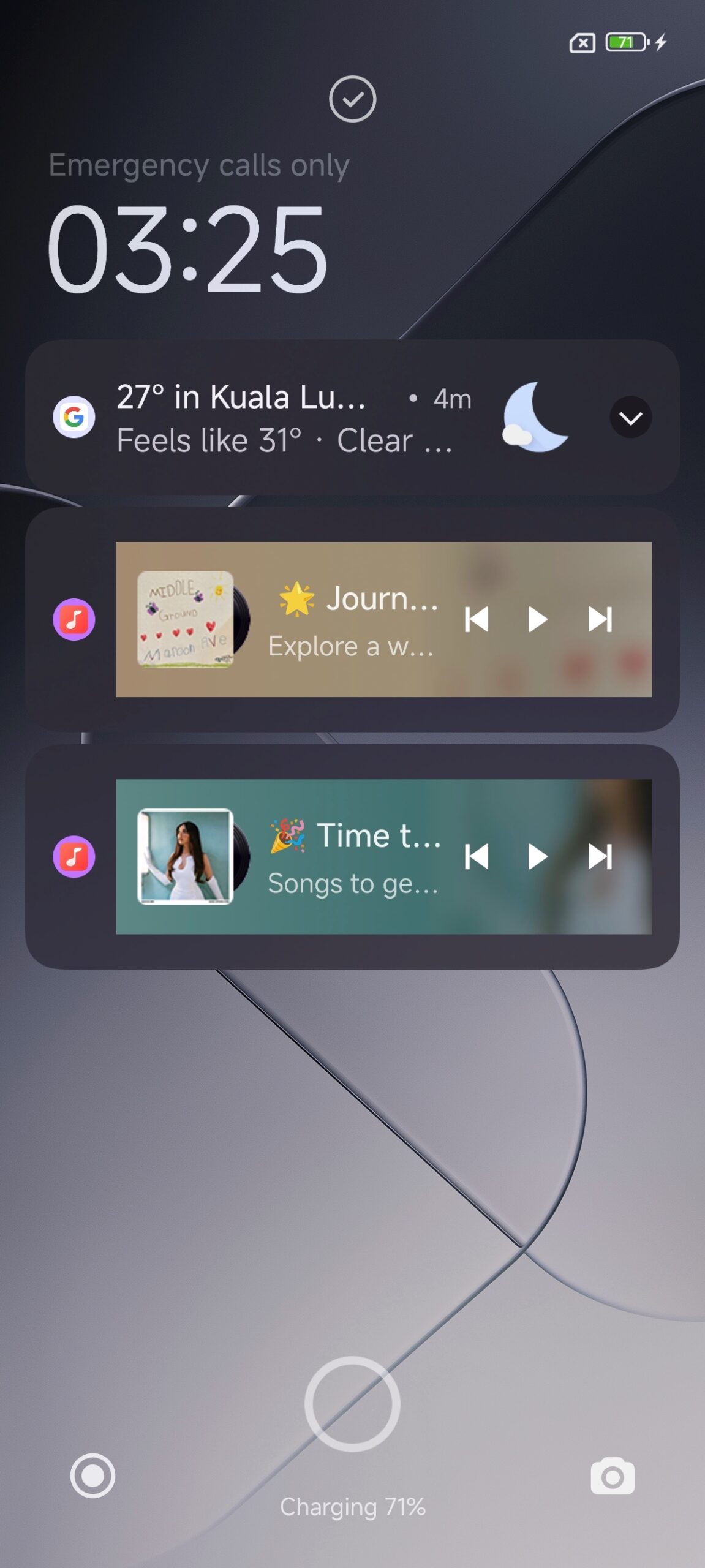
XiaoMi has committed to 4 major software updates and 5 years of security patch support for the XiaoMi 14, keeping the XiaoMi 14 usable for a long time.
In summary:
What I Really Liked About the XiaoMi 14:
- The small size
- Lightweight
- Great looking display
- Solid gaming performance
- Sharp and detailed images from the main camera and telephoto camera
- 90W fast charging
What I Wished Was Better
- Better battery life
- Better thermals management during gaming
- Less intrusive ads and notifications
Verdict
The Xiaomi 14 is a gem for those who want flagship performance in a smaller package. While compromises like shorter battery life are expected, they don’t significantly detract from the overall experience, a form factor that appeals to those who prefer a more manageable device size. If you’re tired of oversized phones, give the Xiaomi 14 a serious look.
